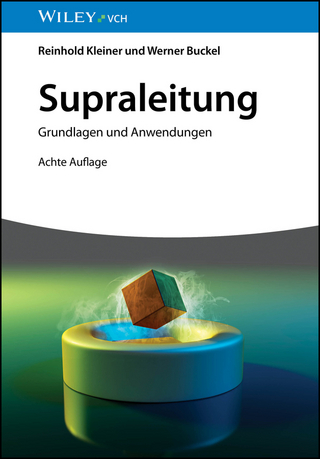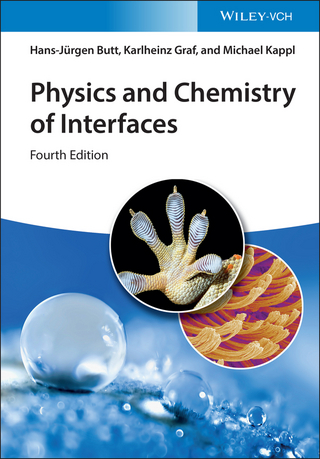
Advances in Nuclear Physics
Springer-Verlag New York Inc.
978-1-4615-9046-0 (ISBN)
As much by chance as by design, the present volume comes closer to having a single theme than any of our earlier volumes. That theme is the properties of nuclear strength functions or, alternatively, the problem of line spreading. The line spreading or strength function concepts are essential for the nucleus because of its many degrees of freedom. The description of the nucleus is approached by using model wave functions-for example, the shell model or the collective model-in which one has truncated the number of degrees of freedom. The question then is how closely do the model wave functions correspond to the actual nuclear wave functions which enjoy all the degrees of freedom of the nuclear Hamiltonian? More precisely, one views the model wave functions as vectors in a Hilbert space and one views the actual wave functions as vectors spanning another, larger Hilbert space. Then the question is: how is a single-model wave function (or vector) spread among the vectors corresponding to the actual wave functions? As an example we consider a model state which is a shell-model wave function with a single nucleon added to a closed shell. Such a model state is called a single-particle wave function. At the energy of the single-particle waVe function one of the actual nuclear wave functions may resemble the single-particle wave function closely.
1 Nucleon—Nucleus Collisions and Intermediate Structure.- 1. Introduction.- 2. A Simple Model of a Resonance Process.- 3. Nucleon—Nucleus Scattering and Intermediate Structure.- 4. Theoretical Framework for Intermediate Resonances.- 5. Summary.- References.- 2 Coulomb Mixing Effects in Nuclei: A Survey Based on Sum Rules.- Abstract.- 1. Introduction.- 2. Sum-Rule Approach to Coulomb Mixing.- 3. Evaluation of Sum-Rule Quantities for Separate Isospins...- 4. Total Isospin Impurities of States.- 5. Superallowed Fermi Transitions.- 6. Isobaric Mass Formula.- 7. Analog States: General Remarks and Lowest-Order Effects.- 8. Analog States: Second-Order Shifts and Width.- 9. Second-Order Effects in Model Calculations.- 10. Conclusions.- Acknowledgment.- Appendix 1 Corrections from More Accurate Treatment of the Coulomb Potential.- Appendix 2 Explicit Treatment of Effect of Correlations on Second-Order Coulomb Mixing.- Appendix 3 Shell-Model Sum Rules for the One- and Two-Body Coulomb Forces.- Appendix 4 Coulomb Mixing Properties of Oscillator Orbitals.- References.- 3 The Beta Strength Function.- 1. Introduction.- 2. Beta-Transition Rates between Individual Nuclear Levels.- 3. Expected Properties of the Beta Strength Function.- 4. Experimental Results on Beta Strength.- 5. Concluding Remarks.- Acknowledgments.- References.- 4 Gamma-Ray Strength Functions.- 1. Introduction.- 2. Theoretical Background.- 3. Experimental Methods.- 4. Properties of Gamma-Ray Strength Functions.- 5. Discussion.- 6. Conclusion.- Acknowledgments.- References.
| Zusatzinfo | XV, 329 p. |
|---|---|
| Verlagsort | New York, NY |
| Sprache | englisch |
| Maße | 152 x 229 mm |
| Themenwelt | Naturwissenschaften ► Physik / Astronomie ► Atom- / Kern- / Molekularphysik |
| ISBN-10 | 1-4615-9046-9 / 1461590469 |
| ISBN-13 | 978-1-4615-9046-0 / 9781461590460 |
| Zustand | Neuware |
| Informationen gemäß Produktsicherheitsverordnung (GPSR) | |
| Haben Sie eine Frage zum Produkt? |
aus dem Bereich


